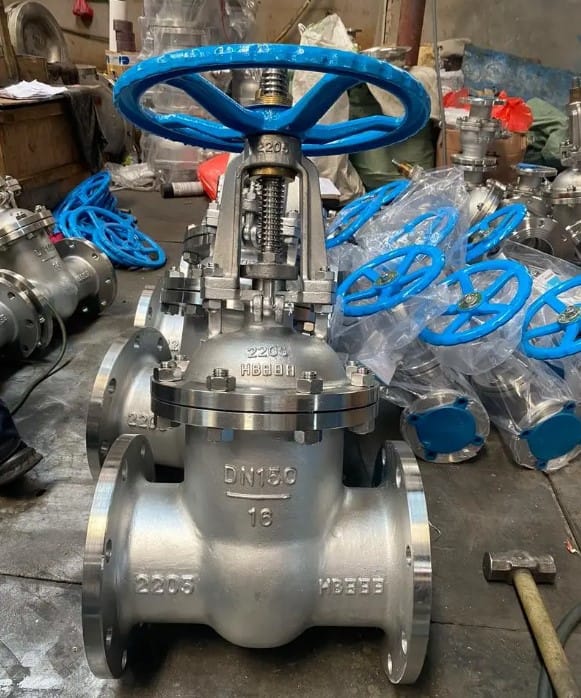The Importance of Pre-Production Inspection
In the world of manufacturing and production, pre-production inspection holds a significant place. It is a critical process that can have far-reaching implications for the quality, reliability, and success of the final product. In this post, we will delve into the details of pre-production inspection, exploring its various aspects and highlighting its importance.
What is Pre-Production Inspection?

Pre-production inspection is a systematic examination and verification process that takes place before the actual production begins. It involves a detailed assessment of the materials, components, manufacturing processes, and design specifications to ensure that everything is in order and meets the required standards.
This inspection typically includes a comprehensive review of the production plans, blueprints, raw materials, and any preliminary work that has been done. It aims to identify potential issues, defects, or deviations from the intended quality and functionality.
The Significance of Pre Production Inspection
- Quality Assurance: One of the primary reasons for pre-production inspection is to ensure the highest quality of the product. By identifying and addressing any potential problems at an early stage, it helps prevent the production of faulty or substandard items. This not only protects the reputation of the manufacturer but also ensures customer satisfaction.
- Cost Savings: Detecting issues in the pre-production stage can save significant costs in the long run. Addressing problems early on avoids the expense of reworking or scrapping products after they have been fully produced. It also reduces the risk of costly recalls or customer complaints down the line.
- Minimizing Production Delays: Identifying potential issues in advance allows for timely adjustments and corrections, minimizing the likelihood of production delays. This helps maintain the production schedule and ensures that products are delivered on time, meeting customer expectations.
- Enhanced Product Performance: A thorough pre-production inspection helps optimize the product design and manufacturing process. It ensures that all components work together seamlessly, resulting in improved performance and functionality of the final product.
- Risk Mitigation: By conducting this inspection, manufacturers can mitigate potential risks associated with product quality, safety, and compliance. It provides an extra layer of protection and reduces the likelihood of legal and financial consequences.
Components of Pre Production Inspection
- Material Inspection: Checking the quality, specifications, and conformity of the raw materials used in production. This includes verifying the source, physical properties, and any certifications or standards required.
- Process Review: Assessing the manufacturing processes, including the machinery, tools, and techniques employed. Ensuring that they are suitable and capable of producing the desired quality.
- Design Verification: Confirming that the product design meets the intended requirements and specifications. Checking for any potential design flaws or incompatibilities.
- Sample Inspection: Inspecting samples of the product to evaluate its appearance, functionality, and overall quality. This provides an early indication of how the final product will perform.
Challenges in Pre Production Inspection
- Complexity of Products: In some cases, products may have intricate designs and multiple components, making the inspection process more challenging. It requires detailed knowledge and expertise to thoroughly assess all aspects.
- Time Constraints: Meeting tight production schedules can sometimes put pressure on the pre-production inspection process. Balancing the need for a thorough inspection with the urgency of production can be a challenge.
- Human Error: Despite best efforts, there is always a possibility of human error in the inspection process. Ensuring the competence and accuracy of the inspection team is crucial.
Best Practices for Pre-Production Inspection
- Establish Clear Inspection Criteria: Clearly define the standards and requirements that need to be met during the inspection. This provides a consistent framework for evaluating the product.
- Train the Inspection Team: Ensure that the inspection team is well-trained and knowledgeable about the product and inspection procedures. This helps improve the accuracy and effectiveness of the inspection.
- Use Advanced Inspection Techniques and Tools: Employ modern inspection technologies, such as non-destructive testing, to enhance the efficiency and accuracy of the inspection.
- Document and Track Inspection Results: Maintaining detailed records of the inspection results allows for easy tracking and analysis. It also provides valuable data for future improvements.
Conclusion
Pre-production inspection is a critical aspect of the manufacturing process that should not be overlooked. It plays a vital role in ensuring product quality, minimizing costs, and avoiding potential issues down the line. By understanding the importance, components, challenges, and best practices of pre-production inspection, manufacturers can make informed decisions and take appropriate actions to ensure the success of their production endeavors. Investing in a robust pre-production inspection process is an investment in the future of the business and the satisfaction of its customers.
The Importance of Pre-Production Inspection
Learn more Successful Arctic module fabrication, steel structure, modular and skid, steelwork, supplier audit, DNV Class, Oil & Gas, welding supervisor, welding quality inspection, CWI CSWIP welding inspector, pump and pipe, stainless steel fabrication and CNAS ISO 17025 9712 NDT NDE practice via below-
https://www.jsc-safe.com/steel-structures-modules-machining/
